Online retailing will generate over $1.2 billion in revenues this year. And whether you’re buying from Amazon, WalMart, Target or countless other Internet retailers your package is likely to will make it to your doorstep in a delivery van. Increasingly, those vans are going electric as fleet operators seek low-cost solutions. Now, Ram is getting into the game with the new ProMaster EV. Headlight.News had a chance to take the rig for a run – without having to make any delivery stops.
With the rise of online retailing, delivery vans can be seen pretty much anywhere and everywhere, from the concrete jungles of New York City to the tundra of Alaska. Increasingly, those “last-mile” vans are going electric, fleet operators discovering they can cut energy and maintenance costs more than 50% and still wind up in the black despite higher purchase prices.
Until now, the Mercedes-Benz eSprinter and Ford e-Transit, as well as the customized Rivian rig developed specifically for Amazon, have dominated the market. But a new player has entered the game, the 2025 Ram ProMaster EV.
Headlight.News got a chance to check out the new van during a visit to the old Chrysler Technology Center, now the U.S. headquarters for Ram’s parent Stellantis, in Auburn Hills, Michigan.
What’s a ProMaster EV?
New for 2025, the van is an all-electric version of the gas-powered Ram ProMaster. The EV version, set to roll into showrooms later this year, eventually will be offered in four configurations, starting with the $77,995 “Super High Roof” model. It’s roughly the same overall size as the eSprinter and e-Transit, with a 159-inch wheelbase. It’s a particularly roomy package, with a low floor and an interior height of 86 inches.
For customers, there are some more important numbers. The Ram ProMaster EV boasts a cavernous 524 cubic feet of interior space and, in delivery van trim, can haul up to 2,030 pounds of cargo. That jumps to 3,020 pounds for the cargo model.
The ProMaster features factory-installed cargo racks – though fleet buyers will be able to delete them if they’d prefer to have an outside vendor come up with a custom configuration.
Powertrain

The Ram ProMaster EV normally features factory-installed shelving but those can be deleted by customers who want a custom interior.
The all-electric delivery van features a 200-kilowatt electric drive module, a fancy way of saying a front-mounted electric motor that can deliver a solid 268 horsepower and 302 pound-feet of torque.
Power comes from a 110-kilowatt-hour lithium battery back. And while not quite up to the eSprinter’s 215 miles per charge, ProMaster does top the Ford e-Transit at 162 miles in city driving situations based on the EPA test cycle. That climbs slightly, to 164 miles, for cargo van versions.
With its 800-volt electrical architecture, ProMaster EV is reasonably quick to charge. No, you won’t want to plug it into a standard electrical outlet. At 110 volts you’d need “several days” to replenish a drained battery, said Ram VP Ken Kayser, . With the typical 240-volt Level 2 charger, however, it will take 8 hours or less – perfect for the typical delivery service which is likely to operate on one or two shifts a day. For those that can’t wait, the van can go from a 20% to 80% state-of-charge in 55 minutes using a DC quick charger.
More Ram News
- Ram’s Ramcharger Range-Extender will Keep You Going when the Battery is Drained
- First Drive: 2025 Ram 1500
- Might the Next Ram TRX go Electric?
Taking a run
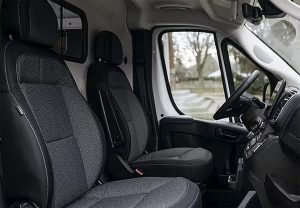
The cabin is far more well-equipped than most delivery vans with features like air conditioning and heated seats.
I had the chance to take the high-roof model out for a run during my visit to Auburn Hills. And while I’m not likely to replace my personal vehicle with the ProMaster EV, I think I can comfortably say it will be a big upgrade from most of the gas-powered delivery vans currently in use.
Slipping behind the wheel, buckling in and shifting into gear, I was surprised by the ProMaster EV’s immediate throttle response. I probably shouldn’t have been. True, my test vehicle was empty, and a delivery truck starting out with a full morning load clearly wouldn’t be as aggressive off the line. But even then, it offers significantly more torque than a comparable gas ProMaster – and, as with any EV, torque comes on all but instantaneously.
Were it not for the load banging from the cargo compartment it might have felt more like a typical electric SUV, quick and easy to maneuver. That noise? All those unloaded shelves bouncing up and down as I maneuvered my way down Michigan’s potholed roads.
There are several reasons why this could be the van of choice for delivery drivers. For one thing, the passenger side door slides open, making it easier to climb in and out with packages, even when parked in a tight space. A roll-up door in the pack makes it easy to load and unload larger loads. Add the fact that the ProMaster EV comes standard with air-conditioning, something that most of today’s gas-powered delivery vans do without. Heated seats are standard, a heated steering wheel expected to be a popular option.
Tech enhancements

The infotainment system provides a number of functional features, including the ability to track a truck’s location and plan out charging along an extended route.
There’s another big plus. ProMaster EV offers an optional camera mirror which means that drivers finally can see what’s directly behind their vehicles, rather than having to guess based on their sideview mirrors.
The ProMaster EV is a surprisingly high-tech vehicle, it turns out, especially on upper trim packages. And that’s good news for both drivers and fleet operators.
There’s a broad array of advanced driver assistance systems, such as forward collision warning, crosswind assist, automatic high beams, LED headlights, and post-collision braking. And still more are in development, including Level 2 semi-autonomous driving, One-Pedal and Creep Mode operations. When ready, Ram can update a ProMaster EV using smartphone-style over-the-air updates.
Keeping track of the fleet
The van features both a digital gauge cluster and a 10.1-inch infotainment screen. Sure, drivers are likely to use Bluetooth to pair with their smartphones to enjoy their favorite audio mixes. For fleet managers, there are more practical benefits.
The Dynamic Trip Energy Prediction system will advise whether the van can complete its route on the existing charge and, if not, show a driver where to plug in along the way.
And fleet operators will be able to do things like track their ProMaster EVs and geofence their routes, receiving a notice if a driver travels outside the designated area. They’ll also be able to get alerts if there are potential maintenance issues before one of the vans breaks down on the side of the road.
Last word
For now, at least, the 2025 Ram ProMaster EV will be offered solely for commercial applications. Despite the modest up-front price penalty, the automaker is confident fleet buyers will see that more than offset by lower energy and maintenance costs. It should be noted that with the typical “last-mile” delivery van logging less than 75 miles a day, the ProMaster EV could easily meet the needs of most fleets, in many cases handling two daily shifts before needing to be plugged on.
Based on a closer look – and a brief drive – the Ram ProMaster EV has a lot going for it that fleet customers should appreciate.
As for retail applications, Ram officials confided in Headlight.News that they’d consider making the electric van available at a future date to van converters. It could prove a perfect starting point for RV applications, especially if Ram can bring range up and over 200 miles per charge. Considering ongoing battery improvements that could happen within the next several years.

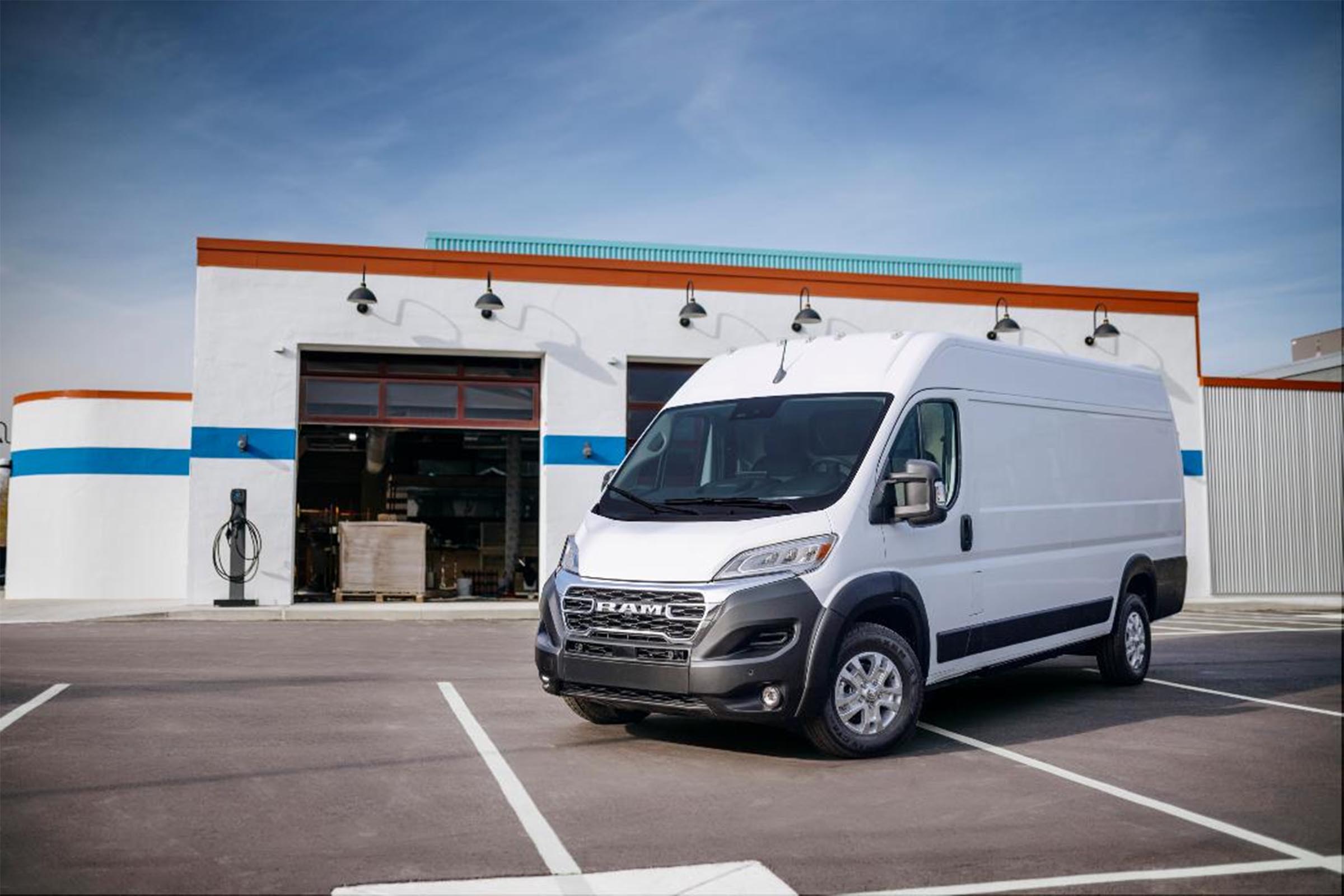

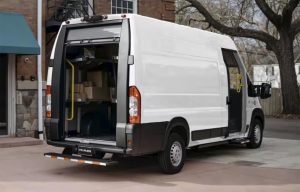
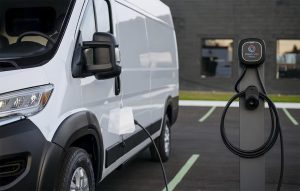
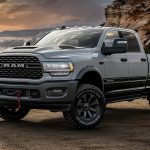






I seriously doubt a vehicle that takes 55min to charge a 110kWh battery has an 800V architecture, when the Macan Electric can charge its 100kWh battery in 21min.